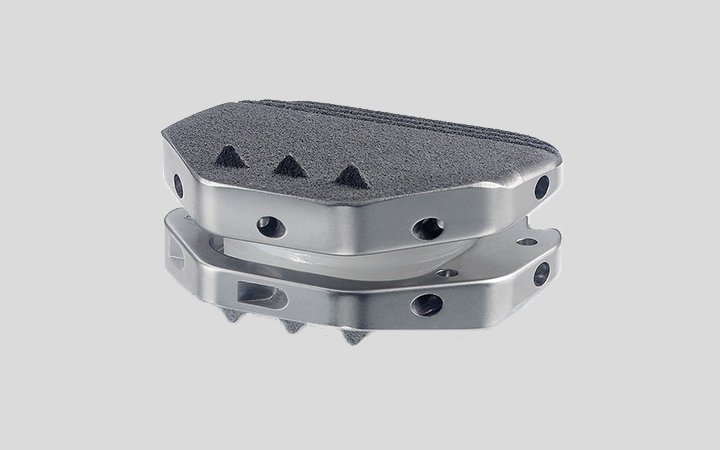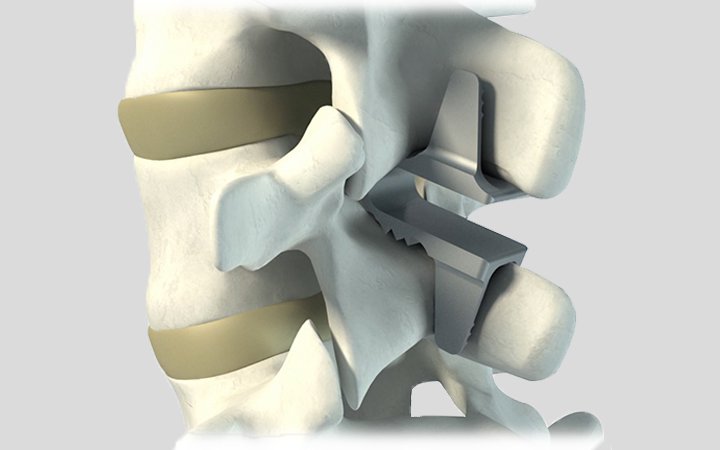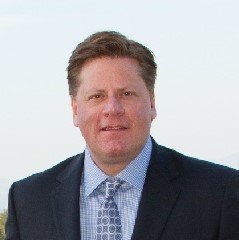
- QUESTIONS? Ask Dr. Mouw
SPINE SURGERY INSTITUTE
The Motion Spine Institute is the leading institute for minimally invasive, motion-sparing spinal surgery. Our team of board-certified neurosurgeons has decades of experience relieving pain and suffering caused by trauma-induced injuries and age-related spinal conditions.
We utilize the newest technologies to restore the spine to a more natural state and maintain its range of motion. Most surgeons emphasize spinal “fusion” where bones are fused together creating a rigid state which obstructs the natural motion of the spine. At the Motion Spine Institute, we believe fusion should be the last, not the first option. Numerous case studies have demonstrated that compared to traditional fusion procedures our techniques have superior clinical outcomes.
Explore our different treatment options to learn more! Feel free to ask questions about your spine and get an answer back from our doctors. Take the first steps to relieve your pain and schedule a consult today.
Why Motion Preservation Spine Surgery Instead of Fusion?
- Lower rate of Subsequent/ Secondary Surgery
- Lower rate Adjacent Level Surgery
- Better Overall Composite Clinical Success (CCS) Scores
- Better Visual Analog Scale (VAS) of Neck and Arm Pain Score
- Lower Neck Disability Index (NDI)
- Lower Oswestry Disability Index (Oswestry Low Back Pain Disability Questionnaire)
- Lower rates of readmission
- Elimination of non-union spinal fusion (pseudarthrosis)
The Leading Spine Neurosurgeon at Our Center
Dr. Graham Mouw, one of the leading spinal doctors in US, is a board-certified neurosurgeon and the founder of Motion Spine Institute. Dr. Mouw’s surgical techniques and use of advanced technologies like the Airo® Mobile Interoperative CT help restore the spine to a more natural, functional, and pain-free state.

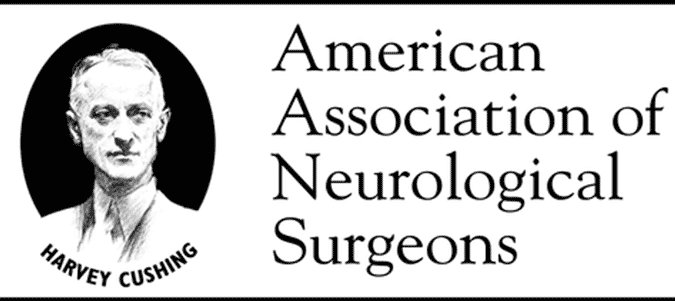


Let us help you enjoy a pain free life. Call us at 866 770-6386 or schedule a consultation today!
LEADING SPINAL TECHNOLOGIES
Our sophistcated technologies, like the Airo® Mobile Intraoperative CT, Globus Secure-C®, HAVENTM Dual Plate Laminoplasty System, activL®, and Coflex® Interlaminar Stabilization Device®, assist our physicians in clinical decision making and open the door to noninvasive and minimally invasive, motion preservation spinal surgical procedures that would be difficult, if not surgically impossible, to perform otherwise. For example, the Airo takes high-resolution images in real-time during surgery which assits our physicians in navigation, assessing their surgical performance, and patient positioning. These advantages lead to greater surgical accuracy, optimal outcomes, and reduces reoperation rates.
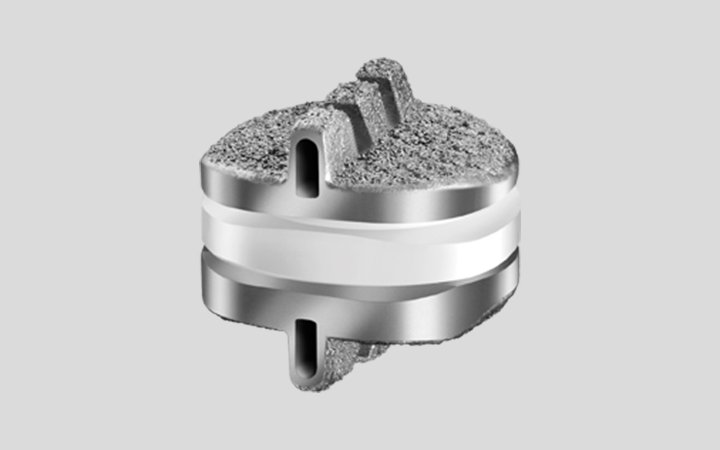
GLOBUS SECURE-C®
Used in cervical disc replacement surgery to preserve the natural motion of the spine.
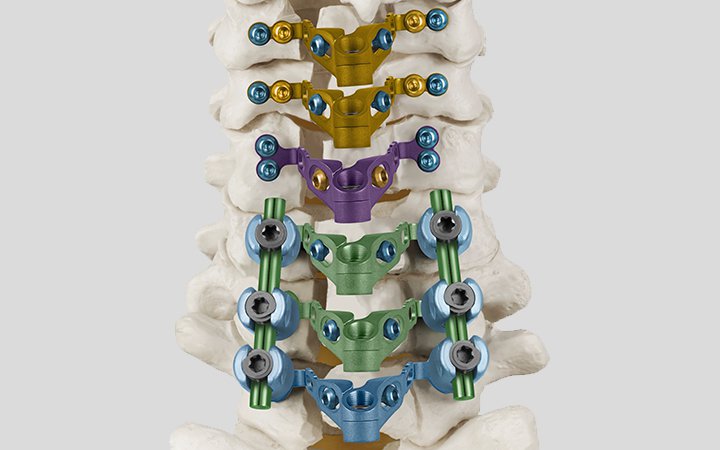
HAVENTM Dual Plate Laminoplasty System
Used in cervical laminoplasty to relieve spine compression and provide bilateral lamina support.
The following conditions and symptoms are treated at motion spine institute
Conditions
- Ataxia
- Back Injury
- Radiculopathy (Cervical and Lumbar)
- Cervical Myelopathy
- Cervical Pain, Strain, or Sprain
- Cervical Subluxation
- Discitis
- Failed Back Surgery
- Herniated Disc (Cervical and Lumbar)
- Instability and Spondylolisthesis (Cervical and Lumbar)
- Lumbar Pain, Strain, or Sprain
- Motor Weakness
- Osteoarthritis
- Pinched Nerve
- Radicular Pain
- Rheumatoid Arthritis
- Sciatica
- Spinal Compression
- Spinal Fractures
- Spondylolisthesis
- Spinal Stenosis (Cervical and Lumbar)
Symptoms
- Neck Pain
- Low Back Pain
- Arm Pain
- Numbness
- Leg Pain and Numbness
- Arm and Leg Weakness
- Difficulty with using Hands
- Difficulty with using Legs
